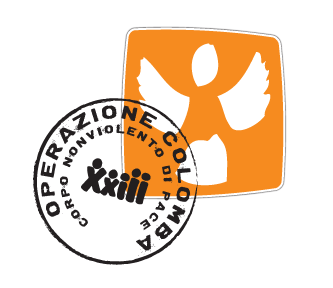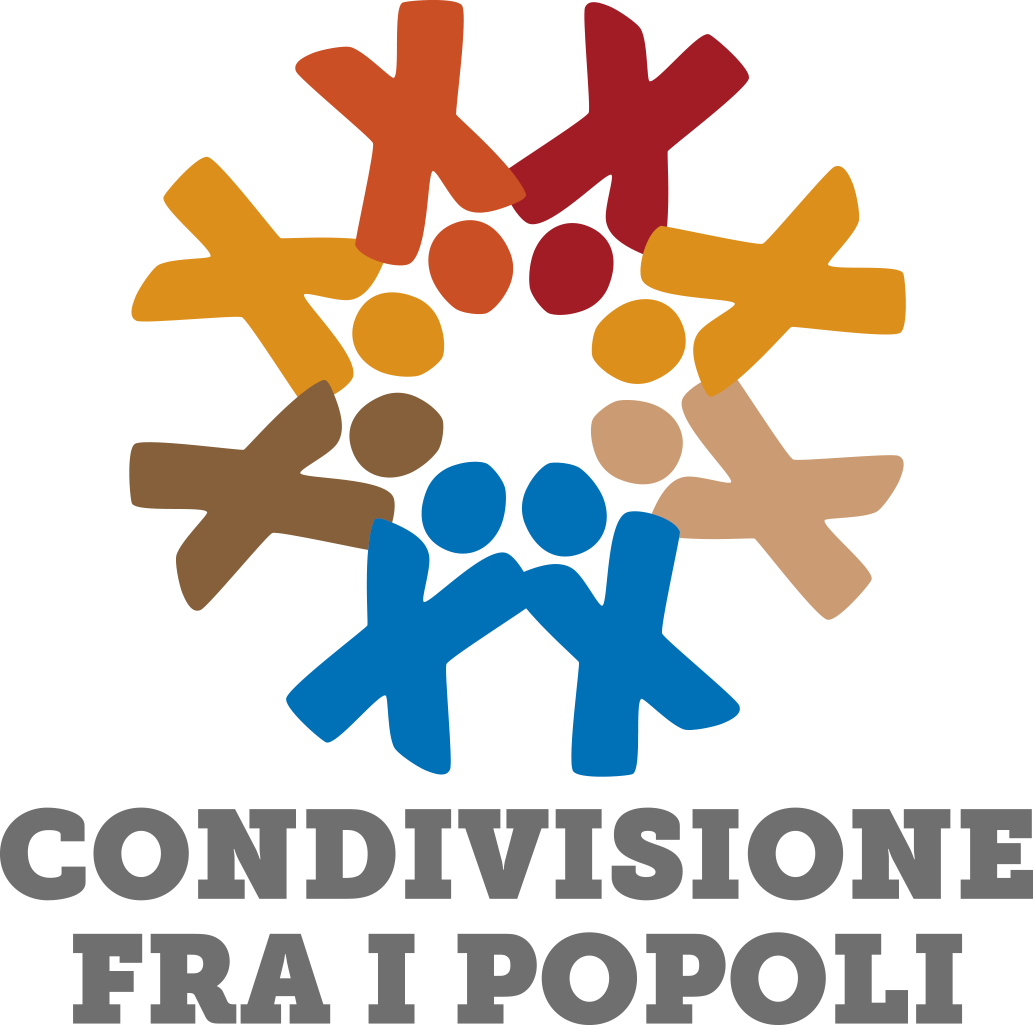Current situation
In November, the United Nations High Commission for Human Rights has carried out a series of missions on the field to gain more precise information on what is happening in the country, especially in the zones mainly stroke by the armed conflict. In the middle of the month, a bilateral and definitive cease-fire between the Government and the FARC was violated after 80 days it was implemented. The armed conflict costed two deaths to the guerrilla and the fragility of the “shotgun’ silence” is getting more evident, in a contest of total incertitude after the victory of the NO at the referendum.
The other most serious situation, that for months it has been presenting itself to the Country, is the violence perpetrated towards those who defend the rights of the individual, the environment and those who actively participate to that social and political change that the Country is looking for.
Indeed, there are already 70 murders of social leaders and defenders of Human Rights that took place in Colombia during 2016, 279 cases of threats and 28 attacks against these people (the source that provided with this data to the newspaper El Espectador wishes to remain anonymous). The document also points out that 30 of these murders happened after the bilateral and definitive cease-fire between the Government and the FARC.
“The actions of the paramilitaries in the national territory pose as the principal threat to the Peace Process between the armed insurrection of the FARC-Ep and the National Government and to the dialogues with the insurrectionary group of the ELN who are catching on” the document points out.
Directly from Washington also the Inter-American Commission on Human Rights (CIDH) speaks out, alerting over the increase of murders against human rights defenders. “The CIDH joins the fear expressed recently by many International and regional Organisations on the difficult situation of violence against human rights defenders” comments the Mexican commissioner José de Jesús Orozco in a public statement.
Carlos Guevara, coordinator of the Human Rights observatory for the NGO Somos Defensores, an organization that closely monitors the aggressions against social leaders, deems the situation as a product of the defeat of the past Final Agreement in the referendum of the 2nd of October that has had as a consequence the non implementation of security measures […].” We cannot say that only paramilitaries kill or that the far right has put in place a Gun Plan, because in each region something different is happening. We have clues that the ELN is entering new zones of the Cauca and that they have murdered or that the paramilitaries are widening their control over the areas in the region of Antioquia after the FARC have gone.”
David Florez, national spokeperson of the political and social movement Marcha Patriotica, has no doubt when he points out where the responsability of this new wave of violence lies: “Let’s consider that all this is the endeavour of the paramilitary phenomenon and of the dirty war, in which various actors are included, not least the Public Force, local governments and economic actors […]”
The various quoted sources agree in denouncing the lack of answers from the authorities which allows this wave of violence to continue.
In this mood of terror, on the 24th of November, the new Peace Agreement between the Government and the FARC guerrilla was signed.
If on one hand we try to live with the hope that this could be, maybe, the beginning of a necessary path towards a change of the Country and to put an end to 50 years of conflict, on the other the mood is of deep concern after the declarations of the Colombian opposition, lead by former president Alvaro Uribe, who once again declared against what was decided in the last Agreement, despite the changes and revisions made on almost every point they brought forward.
Sharing, Work and News about Volunteers
In the beginning of the month Operazione Colomba volunteers reached the village of Puerto Nuevo, in the Cordoba region, for a supervision of the area which is a strategic post conflict zone.
To get a new volunteer acquainted with the zone and history of the Peace Community, we reached the village of La Union and we did a tour of the village of San José.
The majority of time was shared with the members of the Peace Community of La Holandita between afternoon games, trips to the river and domino games at night.



 OPERAZIONE COLOMBA
OPERAZIONE COLOMBA
